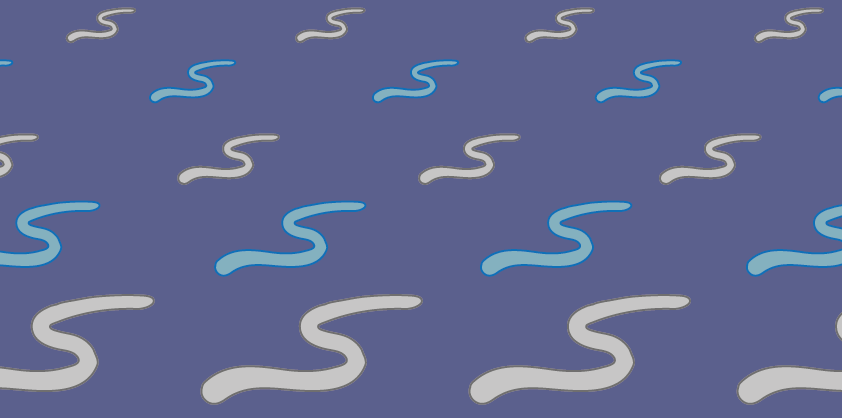Reported cases of guinea worm disease

What you should know about this indicator
Related research and writing
Sources and processing
This data is based on the following sources
World Health Organization
World Health Organization; Dracunculiasis Eradication Portal, World Health Organization
How we process data at Our World in Data
All data and visualizations on Our World in Data rely on data sourced from one or several original data providers. Preparing this original data involves several processing steps. Depending on the data, this can include standardizing country names and world region definitions, converting units, calculating derived indicators such as per capita measures, as well as adding or adapting metadata such as the name or the description given to an indicator.
At the link below you can find a detailed description of the structure of our data pipeline, including links to all the code used to prepare data across Our World in Data.
Notes on our processing step for this indicator
For Cameroon, Central African Republic, Cote d'Ivoire, Mauritania, Senegal and Yemen the data is from: 1986-2017: https://web.archive.org/web/20220208133814/https://apps.who.int/dracunculiasis/dradata/html/report_Countries_i2.html 2018: Table 1a: https://web.archive.org/web/20230629130727/https://apps.who.int/iris/bitstream/handle/10665/324786/WER9420-233-251.pdf?sequence=1&isAllowed=y 2019: Table 1a: https://web.archive.org/web/20230629130619/https://apps.who.int/iris/bitstream/handle/10665/332086/WER9520-209-227-eng-fre.pdf?sequence=1&isAllowed=y 2020: Table 1a: https://web.archive.org/web/20230226162934/https://apps.who.int/iris/bitstream/handle/10665/341529/WER9621-173-194-eng-fre.pdf?sequence=1&isAllowed=y 2021: Table 1a: https://web.archive.org/web/20230226163027/https://apps.who.int/iris/bitstream/handle/10665/354576/WER9721-22-225-247-eng-fre.pdf?sequence=1&isAllowed=y 2022: Table 1a: https://web.archive.org/web/20230629124651/https://apps.who.int/iris/bitstream/handle/10665/367924/WER9820-205-224.pdf?sequence=1&isAllowed=y For all other countries we gathered data from the following sources: 1980-2020: https://www.who.int/teams/control-of-neglected-tropical-diseases/dracunculiasis/dracunculiasis-eradication-portal 2021: Table 1a: https://web.archive.org/web/20230226163027/https://apps.who.int/iris/bitstream/handle/10665/354576/WER9721-22-225-247-eng-fre.pdf?sequence=1&isAllowed=y 2022: Table 1a: https://web.archive.org/web/20230629124651/https://apps.who.int/iris/bitstream/handle/10665/367924/WER9820-205-224.pdf?sequence=1&isAllowed=y 2023: Table 1a: https://iris.who.int/bitstream/handle/10665/376790/WER9920-249-269.pdf?sequence=1 We calculate global totals as the sum of the number of reported cases in each country.
Reuse this work
- All data produced by third-party providers and made available by Our World in Data are subject to the license terms from the original providers. Our work would not be possible without the data providers we rely on, so we ask you to always cite them appropriately (see below). This is crucial to allow data providers to continue doing their work, enhancing, maintaining and updating valuable data.
- All data, visualizations, and code produced by Our World in Data are completely open access under the Creative Commons BY license. You have the permission to use, distribute, and reproduce these in any medium, provided the source and authors are credited.
Citations
How to cite this page
To cite this page overall, including any descriptions, FAQs or explanations of the data authored by Our World in Data, please use the following citation:
“Data Page: Reported cases of guinea worm disease”, part of the following publication: Esteban Ortiz-Ospina and Max Roser (2016) - “Global Health”. Data adapted from World Health Organization. Retrieved from https://ourworldindata.org/grapher/number-of-reported-guinea-worm-dracunculiasis-cases [online resource]How to cite this data
In-line citationIf you have limited space (e.g. in data visualizations), you can use this abbreviated in-line citation:
World Health Organization (2024) – with major processing by Our World in DataFull citation
World Health Organization (2024) – with major processing by Our World in Data. “Reported cases of guinea worm disease – WHO” [dataset]. World Health Organization, “Dracunculiasis eradication: global surveillance summary 2023” [original data]. Retrieved July 26, 2024 from https://ourworldindata.org/grapher/number-of-reported-guinea-worm-dracunculiasis-cases



